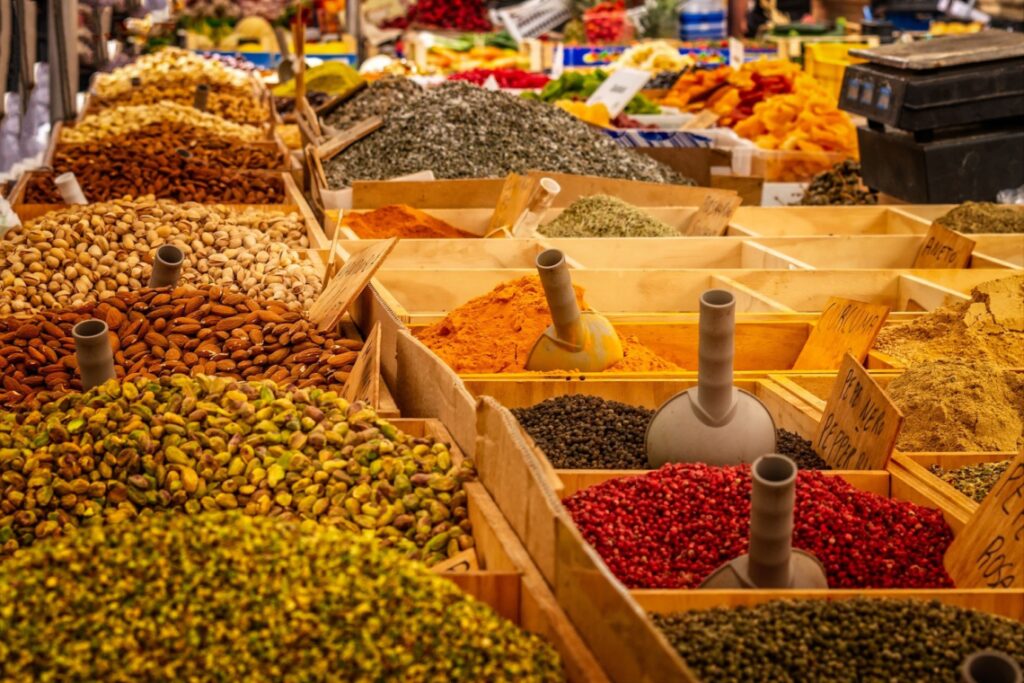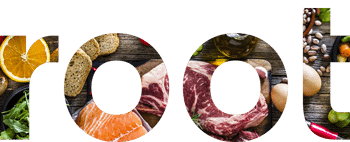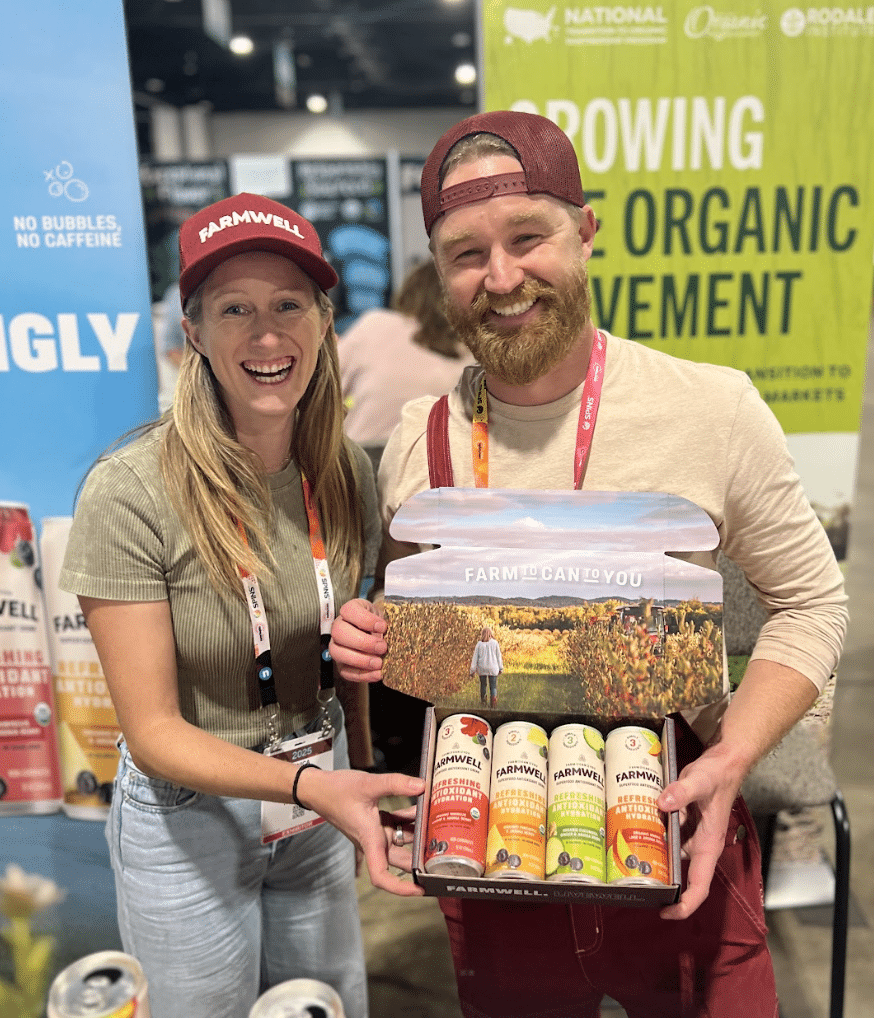
While we expected 2020 to bring trends like artisanal club soda and zero-proof bars to the forefront, 2020 brought an unprecedentedly difficult year for the food industry, with trends that we could have never predicted (a mask requirement in restaurants, bars and retail? Oat milk wars? Alcohol TO-GO in Colorado?!) Small businesses across America are dying, especially those in the food and beverage industry. For example, the National Restaurant Association just released a report that found one in six U.S. restaurants have permanently closed, or are planning to be closed long term. Restaurants and other food businesses are fighting tooth-and-nail to survive. We have seen an outpouring of community support like we’ve never experienced before. And we’ve watched restaurants and good food brands pivot tirelessly and creatively over and over to adapt.
Here at ROOT, looking back at 2020, we have so much to be thankful for – new clients, clients who have stayed with us over the years, our health and the ability to passionately support the good food industry through our skills as marketing, PR and branding experts. However, we are ready to see 2020 in our rearview mirror, and watch as these 2021 trends take center stage:
The Virtual Kitchen Boom
Even before COVID-19, industry experts like Morgan Stanley predicted that the food delivery industry would grow from $43 billion in 2017 to $467 billion in 2025. The current estimate is that ghost kitchens themselves will create a $1 trillion global opportunity within 10 years. These delivery-only concepts have been around for years throughout Asia and Europe, but are becoming more popular in the U.S. as there are now at least a few in nearly every major city. In January 2021, Denver will be home to ChefReady, which will provide 10 kitchens under one roof to 10 different restaurateurs for their delivery-only concepts.

Shrinking Restaurant Menus
Restaurants large and small are reducing their offerings in an effort to cut costs and focus on fewer, better items (and certainly right now, offer items that translate well into takeout and delivery.) Even commercial giants like Taco Bell infamously slashed some of their fan favorites to much outcry, and McDonald’s ended all-day breakfast.
Mix It Up with Alternative Flours
When we come across newly published recipes that use flour, rarely is it strictly all-purpose flour these days. Recipes now frequently feature rye flour, such as King Arthur’s Rye Chocolate Chip Cookies, and chickpea flour, such as The New York Times’ Chickpea Batter-Fried Vegetables, in addition to lesser-known ones such as:
- Amaranth flour: Made from seeds of the amaranth (meaning “immortal” in Greek) plant, amaranth flour is high in protein and gluten free. Bob’s Red Mill recommends using it for baking and in tortillas.
- Banana flour: Banana flour is low in calories and high in protein compared to traditional AP flour. Surprisingly, it does not possess an overwhelming banana flavor and creates fluffy baked goods.
- Coconut flour: Coconut flour is made from the dried coconut meat that is a byproduct of coconut milk production. It is high in fiber, protein and healthy fats.
Heritage Breed and A2 Dairy
This year saw the explosion of Oatly (valued at $2 billion) by those looking for a traditional milk alternative. Another promising alternative to traditional milk is “heritage breed” milk, the production of which is often better for the environment, animals, and farmers than traditional milk, with increased health benefits. Milk brands that utilize heritage breeds, such as ORIGIN Milk, which only uses heritage Guernsey cows from local, small family farms, are becoming more prevalent in big-box stores such as Whole Foods Markets, Natural Grocers and other large supermarket chains.

Black-and-white Holstein cows, which provide the milk for 99% of U.S. dairy products, produce milk with a mutated A1 gene. Heritage breed cows, like Guernseys, only produce milk with A2 proteins. As a result, A2 milk is able to be enjoyed by 60-80% of people who suffer from lactose sensitivities. By 2026, the global A2 milk market is expected to reach $21 billion with a staggering 17% annual growth. A2 milk also has a higher fat content than traditional milk, making a creamer, richer and more delicious product. A2 product lines are also moving beyond whole milk and heavy cream, producing eggnog, ghee, yoghurt, and other dairy products.





